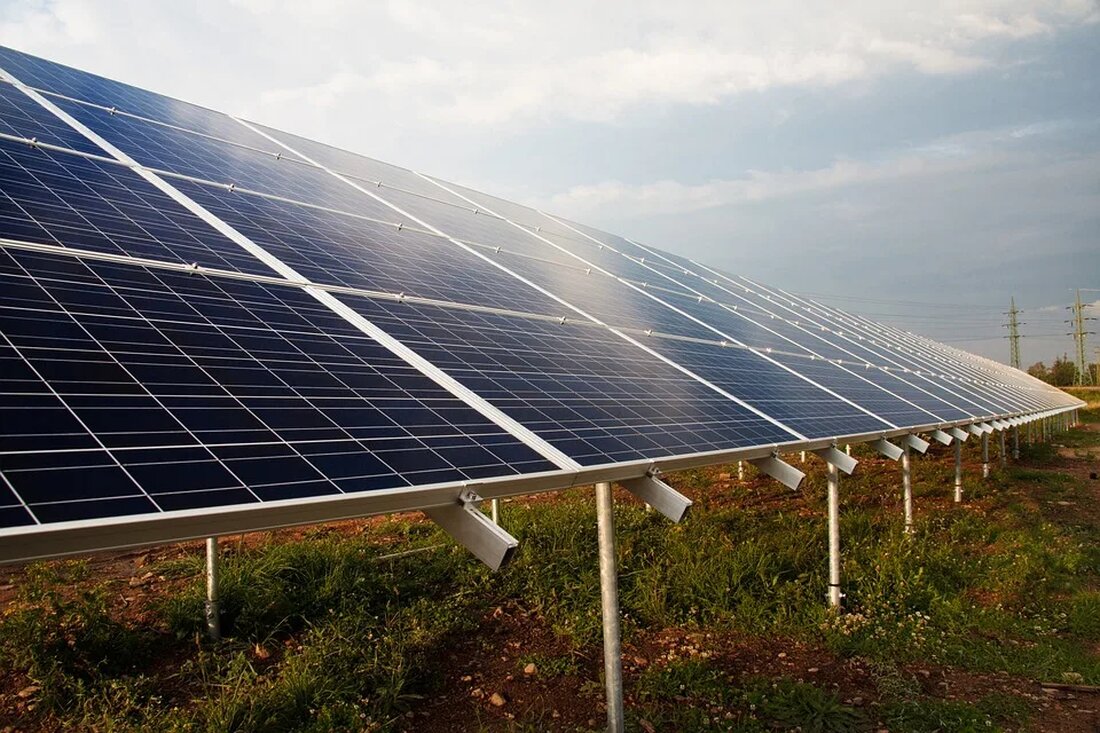Sustainable Architecture: Trends and Technologies
Sustainable architecture is trending and is increasingly shaping urban and rural landscapes worldwide. The constructive response to climate change and the world's growing strain on natural resources combines innovation, technology and design to create more environmentally sustainable, energy efficient and aesthetically pleasing buildings. In this article we will look at the current trends and technologies in sustainable architecture. What is sustainable architecture? Sustainable architecture, sometimes referred to as “green building,” is an approach to designing and constructing buildings that minimizes environmental impacts. This is done by creating structures and using processes that are environmentally friendly and resource efficient...

Sustainable Architecture: Trends and Technologies
Sustainable architecture is trending and is increasingly shaping urban and rural landscapes worldwide. The constructive response to climate change and the world's growing strain on natural resources combines innovation, technology and design to create more environmentally sustainable, energy efficient and aesthetically pleasing buildings. In this article we will look at the current trends and technologies in sustainable architecture.
What is sustainable architecture?
Sustainable architecture, sometimes referred to as “green building,” is an approach to designing and constructing buildings that minimizes environmental impacts. This is done by creating structures and using processes that are environmentally friendly and resource efficient and take into account the entire life of the building - from design through construction, operation, maintenance, renovation and ultimately demolition. Goals include minimal consumption of natural resources, energy efficiency, the use of renewable energy and the creation of a healthy environment for residents.
Trends in sustainable architecture
Passive design
One of the core principles of sustainable architecture is passive design. It is a design process that takes advantage of the natural elements of a building's surroundings. Rather than relying solely on mechanical systems to regulate temperature and air quality, passive designs utilize sunlight, shade, wind and other natural elements to create a comfortable indoor environment.
Reuse of building materials
Another trend in sustainable architecture is the use of recycled or reused materials in construction. By reusing building materials from previous construction projects or using recycled materials such as metal, glass or plastic, the negative environmental impact of the construction process can be significantly reduced.
Green spaces and green roofs
It can also be seen that greening buildings is becoming increasingly popular. Whether it's courtyards, vertical gardens or green roofs, plants are playing an ever-increasing role in architecture. These green spaces not only serve to improve the visual appearance of a building, but also play an essential role in improving air quality and microclimate.
Technologies in sustainable architecture
Solar energy technology
One of the most frequently used technologies in sustainable architecture is solar energy technology. Solar energy systems typically consist of photovoltaic cells that capture sunlight and convert it into electrical energy. These systems can be integrated into a building's design, for example in the form of solar roofs or solar-powered outdoor lighting.
Energy efficient devices and systems
Appliances and systems used in the home, such as lighting, heating, cooling, and water treatment, can account for a significant portion of a building's energy consumption. For this reason, energy-efficient devices and systems are an important part of sustainable architecture. These can significantly reduce a building's energy consumption while ensuring the comfort of residents.
Water reuse and treatment systems
Wastewater reuse and treatment systems are another aspect of sustainable architecture that helps reduce water consumption. By reusing and treating wastewater, whether it's gray water from showers and sinks or rainwater, these systems can help reduce water consumption.
Summary
Overall, sustainable architectures offer innovative solutions to counteract the negative effects of the construction and use of buildings on the environment. Through a combination of intelligent design and advanced technology, these buildings are not only more environmentally friendly, but also feature a higher level of comfort and aesthetics. The popularity of sustainable architecture is expected to continue to grow as more people and organizations recognize their responsibility for the environment. With increasing research and development, it is only a matter of time before sustainable architecture becomes the norm and not just an option.

 Suche
Suche
 Mein Konto
Mein Konto
